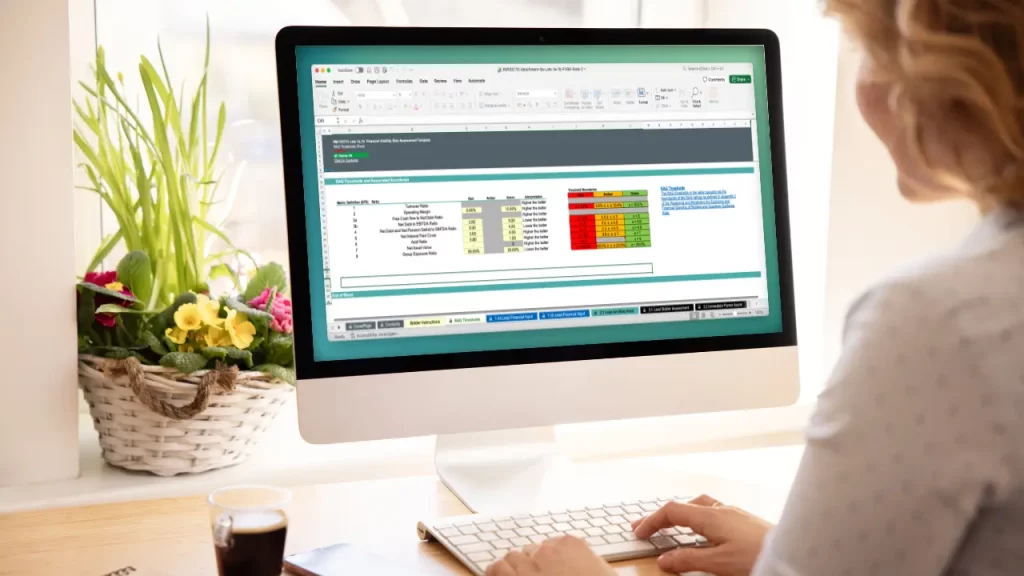The best bidders don’t just fill out forms and answer questions—they take the time to figure out what the buyer really wants. Before you even start writing your bid, there’s one crucial step you must take: know your customer. And by “know,” I mean truly understand what motivates them.
Go Beyond the Basics
Before a tender is even published, you may have the opportunity to attend pre-bid meetings, supplier engagement days, or clarification sessions. These events are a great way to gain direct insights from the customer—what they need, what challenges they face, and what they expect from suppliers. They also provide a chance to ask questions and hear what concerns your competitors may have.
Then comes the actual tender document. This is your blueprint—it lays out exactly what the customer is looking for, detailing their requirements, responsibilities, and key deadlines. It’s an essential resource, but it only tells part of the story.
The company’s website can also provide valuable insights. Offering information about their mission, vision, and core values, helping you understand their broader objectives. However, while all of these resources are important, they only give you a surface-level understanding.
If you want to stand out from the competition, you need to dig deeper. It’s not just about what the customer says they need—it’s about what drives them, what challenges they face, and what really matters to them because it isn’t just about submitting a compliant response; it’s about demonstrating that you understand their needs better than anyone else.
Here’s what you should do.
1. Read Between the Lines of Their Website
When reviewing their website, don’t just focus on what they say—pay attention to how they say it.
- Is their tone formal and corporate, or relaxed and conversational?
- What about the terminology? Do they use more technical language, or do they prefer straightforward, everyday language?
- What about their visuals? Are they sleek and professional, or do they emphasise community and collaboration?
How to use this: Mirror their language in your bid. Reflect their values in your own words. Make it feel like they’re reading something they could have written themselves. If your proposal resonates with them, you’ve already built a connection.
2. Check Their Reports and Meeting Minutes
Explore the reports and meeting minutes that public organisations are required to make publicly available. These documents are packed with valuable insights into their strategic priorities, current challenges, and long-term goals. Typically found on their website in sections focused on transparency or governance, they can give you a better understanding of the bigger picture beyond the tender itself.
How to use this: By referencing key priorities or challenges from these documents, you’ll prove you’ve done your research. It shows you understand their bigger objectives and positions your bid as more than just meeting the requirements—it’s about helping them achieve their long-term vision.
3. Analyse Their Social Media Presence
Most organisations have a presence on LinkedIn, Twitter, or even Instagram. Follow them and take note of what they post.
- Are they highlighting sustainability initiatives?
- Do they focus on employee culture and well-being?
- Are they actively engaging with their community?
How to use this: Social media provides insight into what truly matters to them beyond the formal corporate messaging. If you can subtly integrate these themes into your bid, you show that you understand them on a deeper level and align with their priorities.
4. Research the Evaluators
Sometimes, you might know who will be reviewing your bid. If so, take the opportunity to check out their LinkedIn profiles.
- What topics do they post about?
- What industry groups are they part of?
- Do they have specific interests like innovation, diversity, or sustainability?
How to use this: If you identify common interests between them and your company, highlight that in your bid. This creates a subconscious alignment and makes your proposal more relatable.
5. Stay Updated on Current News & Trends
Check for any recent news about the organisation. Have they announced a major restructuring? Are they facing budget cuts? Have they launched a new sustainability drive?
How to use this: If recent events could be influencing their tender requirements, subtly acknowledge these challenges and demonstrate how your solution addresses them. Showing that you’re proactive and well-informed can set you apart from competitors.
Conclusion: Make Your Bid Stand Out
Winning a tender isn’t just about ticking boxes—it’s about showing that you truly understand the organisation, their people, and their priorities. By researching thoroughly and tailoring your bid accordingly, you increase your chances of success.
So before you start writing, do your homework. The more aligned your bid is with your customer’s needs and values, the better your chances of winning.



